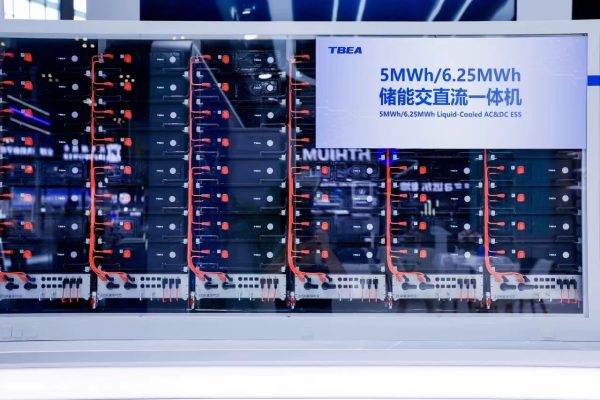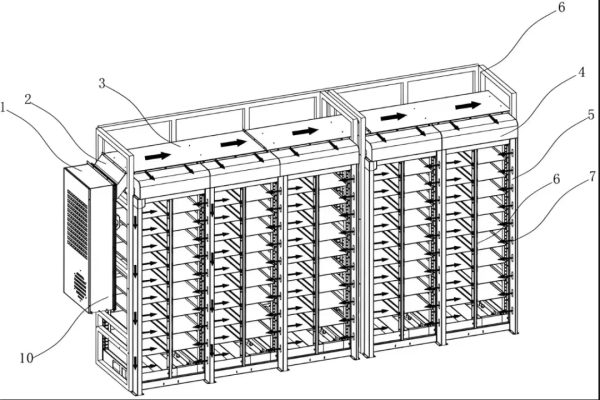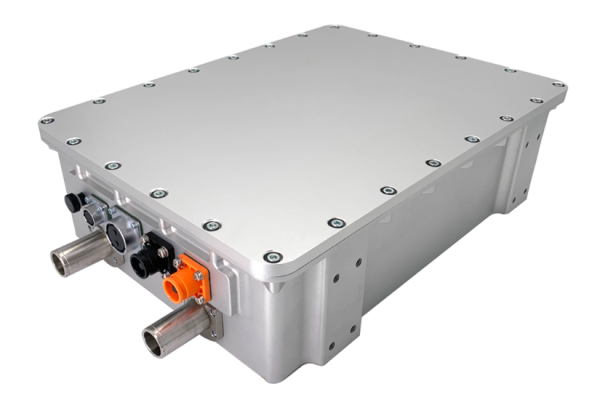Unlocking Value Beyond the Sale in the Energy Storage Industry
As battery energy storage systems (BESS) become more sophisticated — integrating solar, inverters, EMS, and cloud monitoring — the commissioning phase has grown increasingly complex. For small- to medium-sized installers, especially those serving remote or overseas markets, traditional on-site commissioning is costly, time-consuming, and often impractical.
That’s why remote commissioning is emerging as a game-changing service model.
In this article, we explore how remote commissioning works, why it matters for storage integrators and EPCs, and how it creates a new revenue and support opportunity for your business — especially if you’re serving C&I-scale projects (50kWh to 1MWh) in regions with limited technical support.
What Is Remote Commissioning?
Remote commissioning refers to the process of configuring, testing, and activating a battery or hybrid power system without physically being on-site. It typically involves:
- Accessing the system’s EMS/BMS/inverter via VPN, 4G router, or local IP
- Running system diagnostics and firmware updates
- Configuring key parameters (battery SoC limits, charge rates, inverter modes)
- Verifying communication (CAN/RS485) between subsystems
- Conducting test charge/discharge cycles
- Training local staff via video or remote screen sharing
✅ Goal: Ensure the system runs safely and as designed — without needing your engineering team to travel.
Why Now? 3 Market Forces Driving Remote Commissioning
1. Global Expansion, Local Skills Gap
Many integrators are now shipping systems to regions where technical expertise is limited — Southeast Asia, Africa, South America. On-site commissioning becomes a bottleneck when:
- Travel is restricted or expensive
- Skilled electricians are available but unfamiliar with BMS/inverter logic
- Language barriers or poor documentation slow deployment
Remote commissioning bridges this gap — offering engineering expertise as a service, without the cost of travel.
2. More Complex Systems Require Expert Setup
As systems grow beyond simple solar+battery setups, the following complexities arise:
- Hybrid inverters with multi-mode logic
- Lithium batteries with CAN-controlled BMS
- EMS platforms with load-shifting algorithms
- Generator integration with auto-start logic
- Multi-site cloud monitoring setup
These require precise configuration, or else systems underperform — or worse, become unsafe. Remote commissioning allows expert support where local teams may lack experience.
3. Margin Pressure Demands Value-Added Services
Margins on battery hardware are shrinking. To stay profitable, integrators need recurring or service-based income. Remote commissioning offers:
- A billable service (per site or per hour)
- A gateway to long-term O&M contracts
- A way to improve customer satisfaction and retention
How Remote Commissioning Works (Typical Workflow)
| Step | Task | Tools Used |
|---|---|---|
| 1 | Pre-install checklist | PDF/Excel checklists for cable, grounding, layout |
| 2 | Remote access setup | VPN client, 4G router, TeamViewer or AnyDesk |
| 3 | System diagnostics | Check voltage, SoC, temp, alarms |
| 4 | Communication test | BMS ↔ Inverter ↔ EMS via CAN or RS485 |
| 5 | Parameter configuration | SoC limits, time-of-use settings, genset trigger |
| 6 | Test run | Charge/discharge, backup mode, PV priority |
| 7 | Training local staff | Screenshare + PDF SOPs |
| 8 | Commissioning report | Submit signed report and warranty activation |
⚠️ Note: A reliable local technician is still required for physical wiring, safety checks, and emergency support. Remote engineers do not replace electricians — they empower them.
Technical Requirements for Remote Commissioning
Before offering this as a service, ensure your system supports remote visibility and control:
✅ Minimum System Requirements:
- Inverter with web portal or LAN access (e.g., Solis, Victron, Growatt, GoodWe)
- Battery BMS with communication port (e.g., CAN/RS485/RS232)
- 4G router or site WiFi with internet access
- Cloud monitoring or open API platform
- UPS or backup power during setup to prevent disconnection
Business Opportunities: From Cost Center to Revenue Stream
Remote commissioning isn’t just a convenience — it’s a new product offering.
✅ Here’s how to monetize it:
| Model | Description |
|---|---|
| Per Project Fee | $200–$800 depending on system size and complexity |
| Service Packages | Bundle remote commissioning with system design + monitoring for a flat fee |
| Annual Support Contracts | Include remote maintenance, firmware upgrades, and diagnostics |
| OEM Support | Offer remote setup as a value-added service to battery or inverter suppliers shipping globally |
🧠 Tip: Position it as “peace of mind” — especially for overseas clients who want confidence their system was set up correctly.
Benefits for Installers and Integrators
✅ For You (the installer):
- Save cost and time on travel
- Offer better service coverage globally
- Build trust and reduce commissioning errors
- Increase project throughput
✅ For Your Client:
- Faster go-live timeline
- Access to expert engineers
- Fewer site visits and downtime
- Clear documentation for compliance and warranty
Challenges and Mitigation
| Challenge | Solution |
|---|---|
| Unstable site internet | Use preconfigured 4G routers with fallback SIM |
| Local technician untrained | Provide pre-install guides, WhatsApp support |
| Security concerns | Use encrypted VPN or controlled access ports |
| Hardware incompatibility | Pre-validate devices during design phase |
Final Thoughts: Remote Commissioning Is the Future
As clean energy spreads across the globe, the ability to deploy and support systems remotely is no longer optional — it’s a competitive edge. Whether you’re a small EPC serving local clients or a system integrator shipping globally, remote commissioning lets you:
- Serve more clients with less travel
- Monetize your expertise through services
- Reduce errors and increase system uptime









